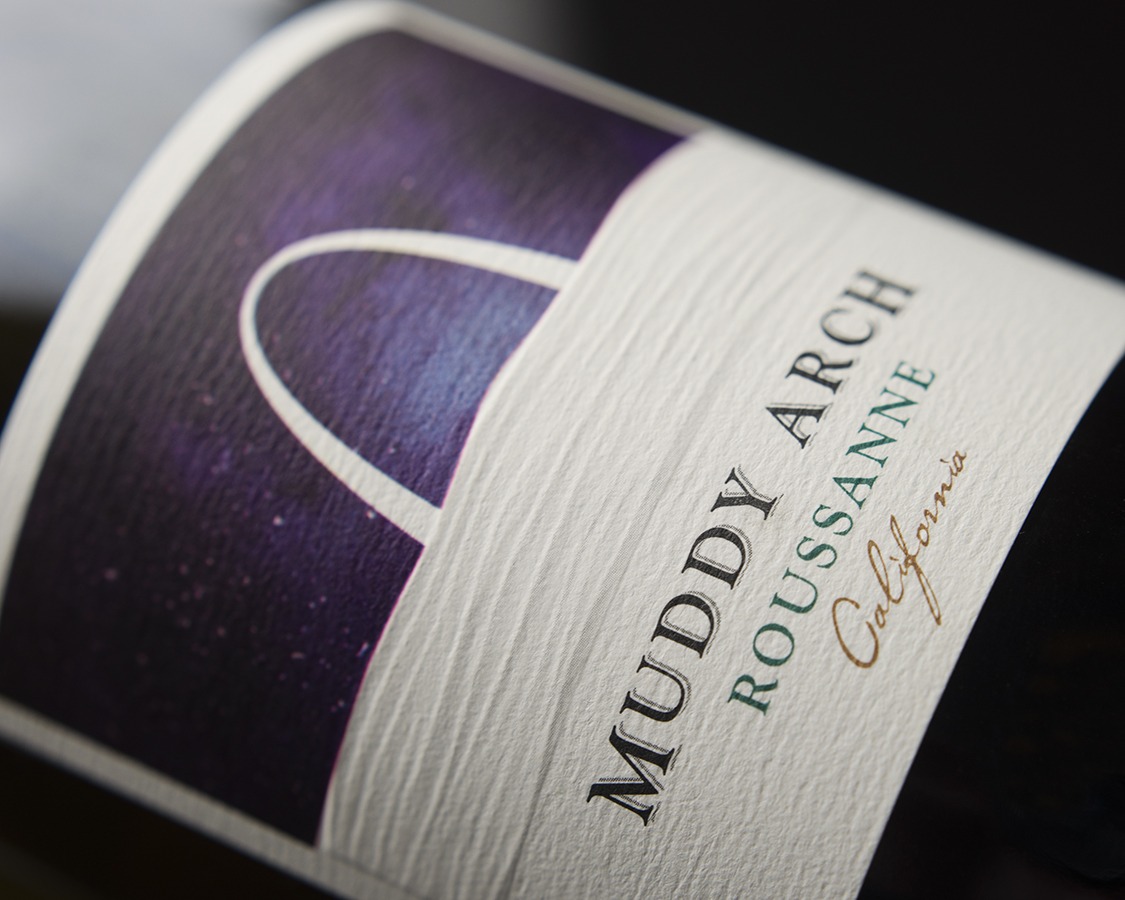 Is your wine label helping or hurting your brand?
Is your wine label helping or hurting your brand?
I was at a wine conference earlier this year and a presenter mentioned to the whole conference that this region had very high-quality wine, but the labels needed improvement. When the second presenter mentioned it you could hear the rumblings that their wine labels are different because most do not sell in-store.
Is this true? Do customers hold your wine to a different standard if they are coming to your winery?
As a wine label designer, I know packaging design can be both art and science. Let’s take a look at both.
Wine label design needs to:
- Represent your wine quality
- Show wine varietal and origin
- Have an unforgettable design
- Show how your wine brand is different from your competitors
- A representation of who your brand is
- Appeal to your target audience, so they purchase for one or more of the following:
- Casual meal
- A gift to novice wine friends
- Special meal at home with guests
- A gift to wine experts
- A gift for a vacation host
- Grow sales
- Follow on social media
- And even join the wine club!
That is a lot of work for wine labels to accomplish! While the last three are not always directly on the label themselves, they are often part of a bigger marketing plan involving showcasing the wine labels on their website, email marketing, Facebook ads, and printed material.
How our brains view labels
Scientific research tells us 90 percent of the information transmitted to the brain is visual and that human beings process images 60,000 times faster than text.
Your brain can process images in as little as 13 milliseconds, which is 30 times faster than you can your blink your eye.
Our senses take in about 11 million bits of information every second, but we are only consciously aware of about 40 bits of that information.
This means that our brains are often taking shortcuts when it comes to packaging design. We are making instant judgements on if a wine is good or bad based on its label, not matter if it is found in a Total Wine or in your tasting room.
You may not take the time to consciously identify each font on the label, time to decipher the image, interpret a supporting icon, the paper type, Pantone colors, foil, and type of embossing.
Instead you glance at a wine label and unconsciously think:
Poor label design = poor wine quality. Professional wine label design = high quality wine.

Back to the original question:
Does wine label design matter in your tasting room?
Yes, it does. If someone loves your wine, but is embarrassed to give it as a gift or share it with friends that is hurting your business. You want to have a label that justifies the price that you are asking in your tasting room, speaks of the amazing wine inside it, and an unforgettable design. Increasing the perceived value of your wine label allows all of those things.
One other way to think of it, which of the below does your customer see the most?
- Farm equipment
- Barrels & vats
- Bottling lines
- Wine label design
 Now which of these do you invest the most money & time? Most wineries will say wine labels last. Why?
Now which of these do you invest the most money & time? Most wineries will say wine labels last. Why?
Your wine label is the one forward facing part of your brand, so it should be the top priority for your wine brand. A better designed label can increase the price you charge per bottle, better represent your wine quality, your brand, and your region.
Read the next blog in this series, Top Elements of a Strong Label design here.
Not sure if your label is helping or hurting you?
We can help! Set up a free discovery call with owner, Rebecca Ritz, to talk on a Zoom call about your wine label and get a personalized estimate. Bauerhaus helps wineries with brand strategy, logo design, wine label design, packaging design, and also walks clients through our signature Bauerhaus Brand Map.
Want to hear more about wine label design? Sign up now for the wine marketing conference, License to Steal, on April 24-25 where Rebecca Ritz will be presenting on wine label design.

